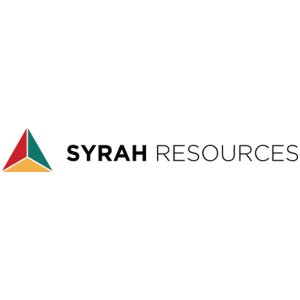The mining sector is evolving in line with global demand for increased responsibility and sustainability.
The expectations and priorities of a modern-day investor in the mining sector have significantly changed in line with global demand for more responsible and sustainable extraction of mineral resources. ESG, referring to the performance of investment portfolios against Environmental, Social and Governance (ESG) standards, has firmly established itself across the investment community.
Financial evidence suggests that the ability of a mining business to successfully manage environmental, social and governance risks is directly linked to greater return on investment in the long term. Investor perception has moved away from regarding ESG as a desirable but non-essential component to a “must-have” for de-risking any investment decisions.
The industry has evolved in line with this demand and adopted a set of initiatives identifying the main ESG performance standards along with a variety of self-assessment tools to direct the implementation process.
A prime example is the Mining Principles initiative recently launched by the International Council on Mining and Metals (ICMM). The members of ICMM, which include some of the world’s biggest mining companies, don’t get to choose to which assets these principles apply. Covering 38 areas, including: biodiversity, gender, human rights due diligence, labour rights, local content, mine closure, pollution, resettlement and waste, they apply to more than 650 of ICMM members’ assets in over 50 countries. Their implementation by member companies — which account for about 30% of global production of major commodities such as iron ore, copper and gold — will drive performance improvements at scale. The initiative also features the standards related to the disclosure of the site-level validation of progress associated with the ESG issues listed above.
Even though the requirements and implementations guidelines greatly vary between different initiatives, there is clearly a global focus on enhancing ESG performance across the sector. It is important to note that the majority of ESG initiatives out there all point towards a universal need to meet the Sustainable Development Goals set by the United Nations. This link is translated through the ability of a mining company to channel their impact investment and contribute to government revenues that support socio-economic transformation.
As the access to capital presents an increasing challenging for the extractives sectors, competition for investment will force mining companies to move beyond compliance and to demonstrate the ability to meet ESG standards at an operational level. For example, less than 30% of precious metals projects are currently delivered on time, with the primary reason for delay being social opposition. Furthermore, companies adhering to the high levels of ESG performance are significantly more likely to generate long-term value and are less susceptible to stock price volatility.
The development of ESG standards and widespread engagement of the investment community represents a huge opportunity for an increase in impact investment, and an improvement in the responsible mining practices across the globe. However, if this is to become the “new normal”, we need to see an acceleration of the uptake and implementation of ESG standards, initiatives and best practices.
Financial evidence suggests that the ability of a mining business to successfully manage environmental, social and governance risks is directly linked to greater return on investment in the long term. Investor perception has moved away from regarding ESG as a desirable but non-essential component to a “must-have” for de-risking any investment decisions.
The industry has evolved in line with this demand and adopted a set of initiatives identifying the main ESG performance standards along with a variety of self-assessment tools to direct the implementation process.
A prime example is the Mining Principles initiative recently launched by the International Council on Mining and Metals (ICMM). The members of ICMM, which include some of the world’s biggest mining companies, don’t get to choose to which assets these principles apply. Covering 38 areas, including: biodiversity, gender, human rights due diligence, labour rights, local content, mine closure, pollution, resettlement and waste, they apply to more than 650 of ICMM members’ assets in over 50 countries. Their implementation by member companies — which account for about 30% of global production of major commodities such as iron ore, copper and gold — will drive performance improvements at scale. The initiative also features the standards related to the disclosure of the site-level validation of progress associated with the ESG issues listed above.
Even though the requirements and implementations guidelines greatly vary between different initiatives, there is clearly a global focus on enhancing ESG performance across the sector. It is important to note that the majority of ESG initiatives out there all point towards a universal need to meet the Sustainable Development Goals set by the United Nations. This link is translated through the ability of a mining company to channel their impact investment and contribute to government revenues that support socio-economic transformation.
As the access to capital presents an increasing challenging for the extractives sectors, competition for investment will force mining companies to move beyond compliance and to demonstrate the ability to meet ESG standards at an operational level. For example, less than 30% of precious metals projects are currently delivered on time, with the primary reason for delay being social opposition. Furthermore, companies adhering to the high levels of ESG performance are significantly more likely to generate long-term value and are less susceptible to stock price volatility.
The development of ESG standards and widespread engagement of the investment community represents a huge opportunity for an increase in impact investment, and an improvement in the responsible mining practices across the globe. However, if this is to become the “new normal”, we need to see an acceleration of the uptake and implementation of ESG standards, initiatives and best practices.


.jpg?ext=.jpg)




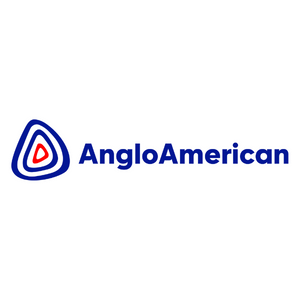

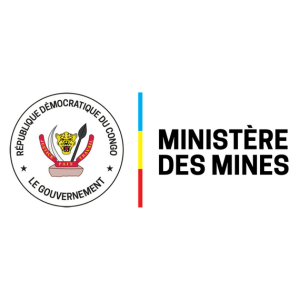
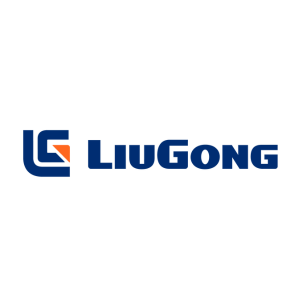


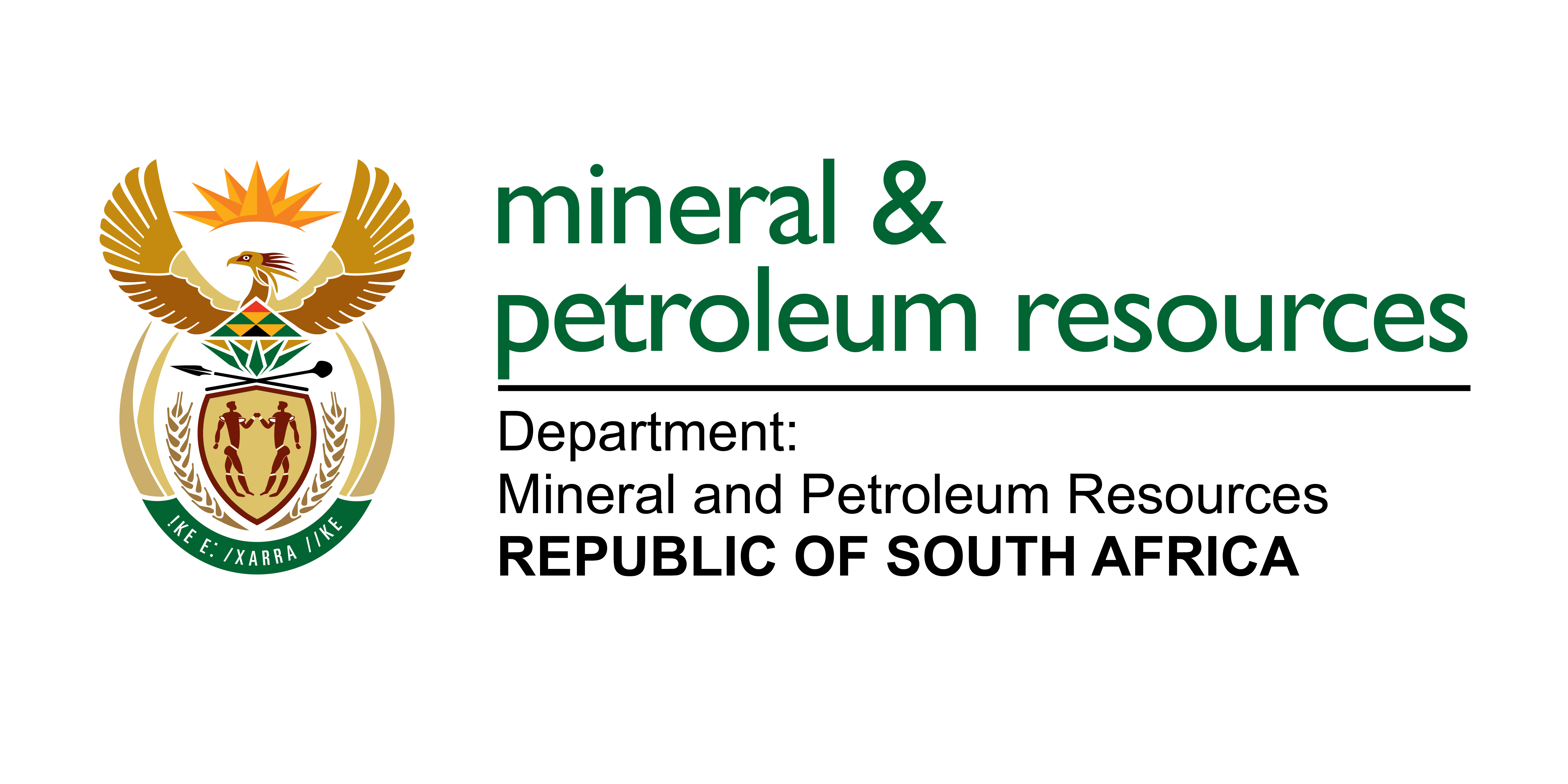-Logo_CMYK_1.jpg?width=1000&height=500&ext=.jpg)




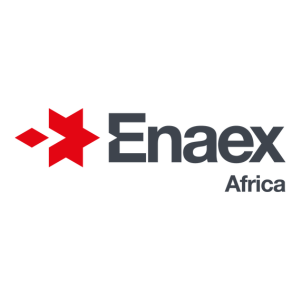


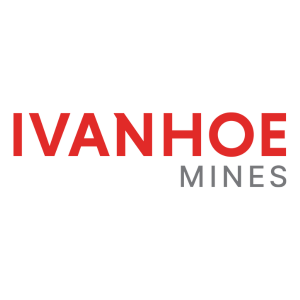
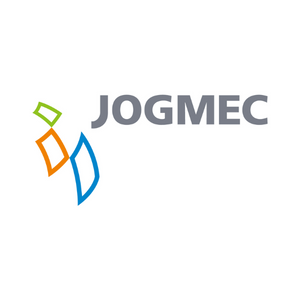


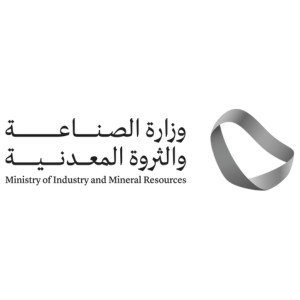
_mi25-weblogo.png?ext=.png)
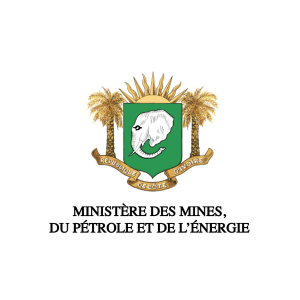
_1.png?ext=.png)
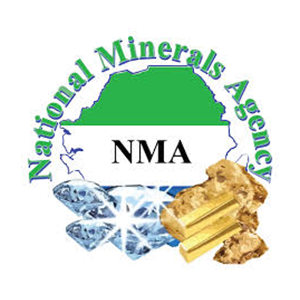















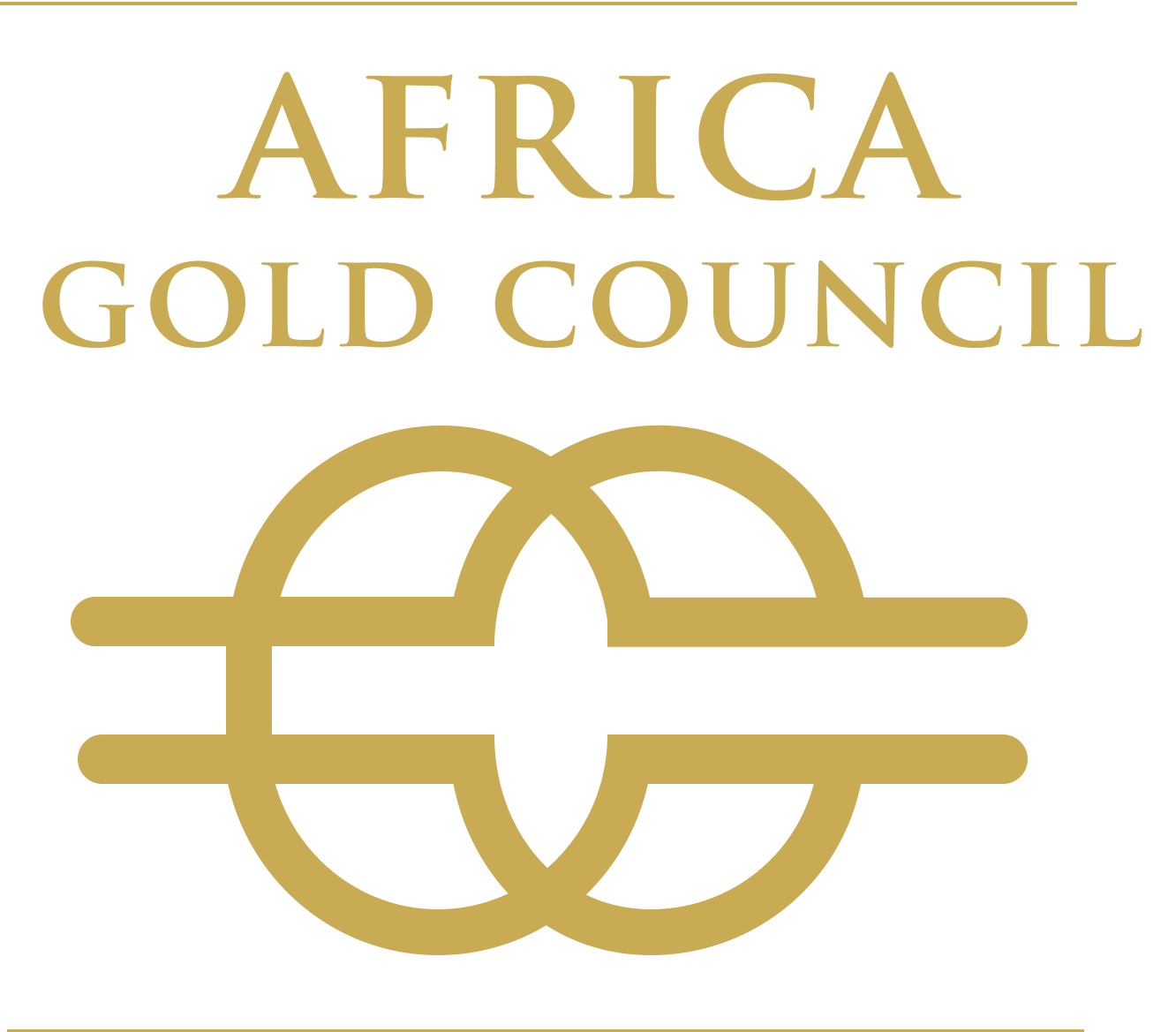
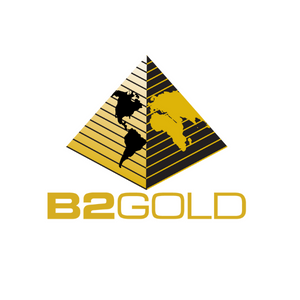
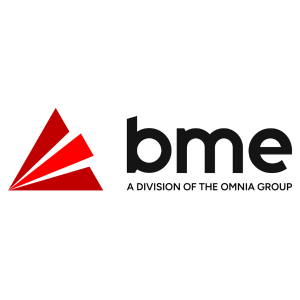







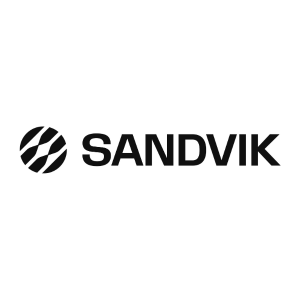


_mi25-weblogo.png?ext=.png)

